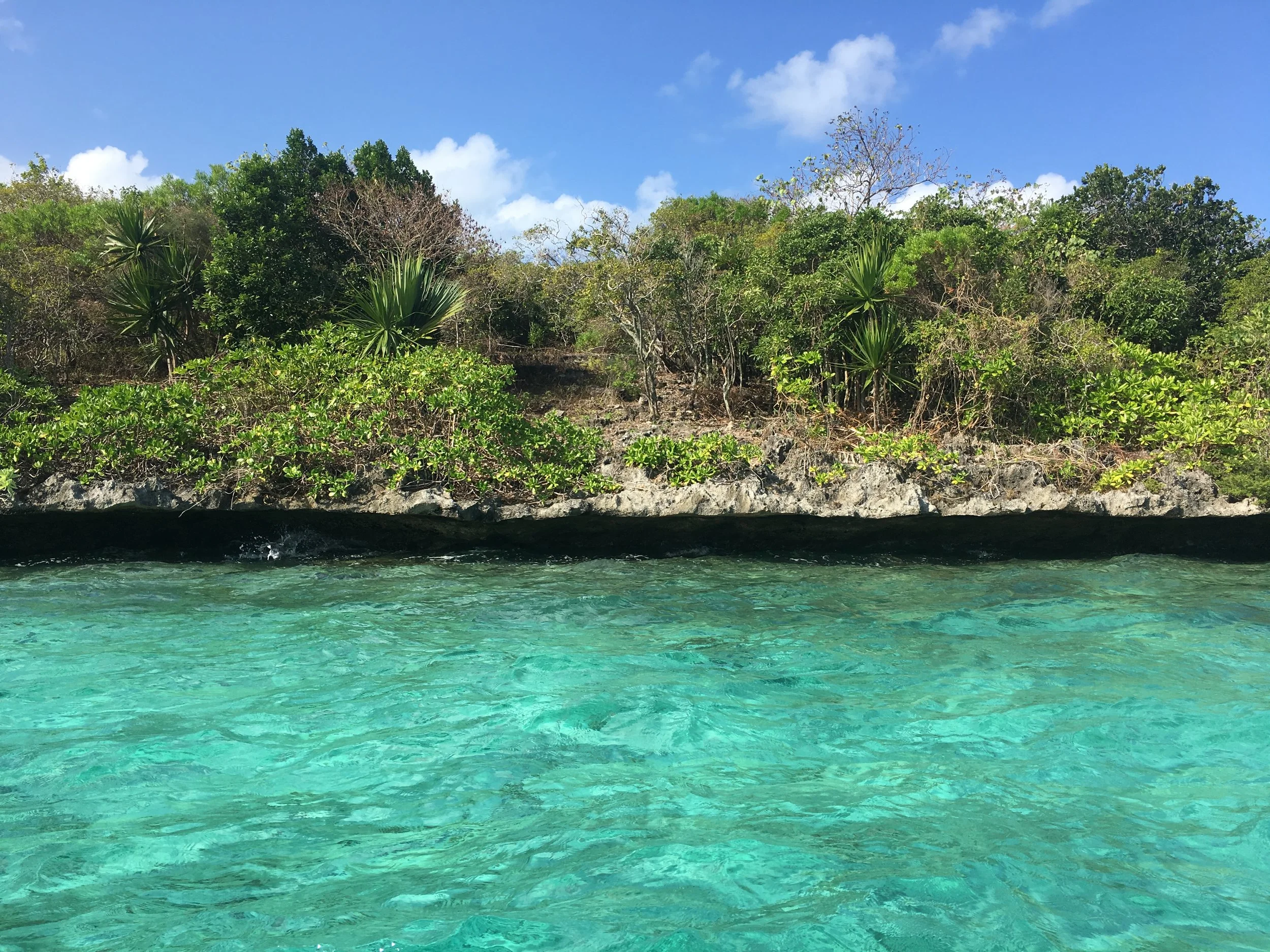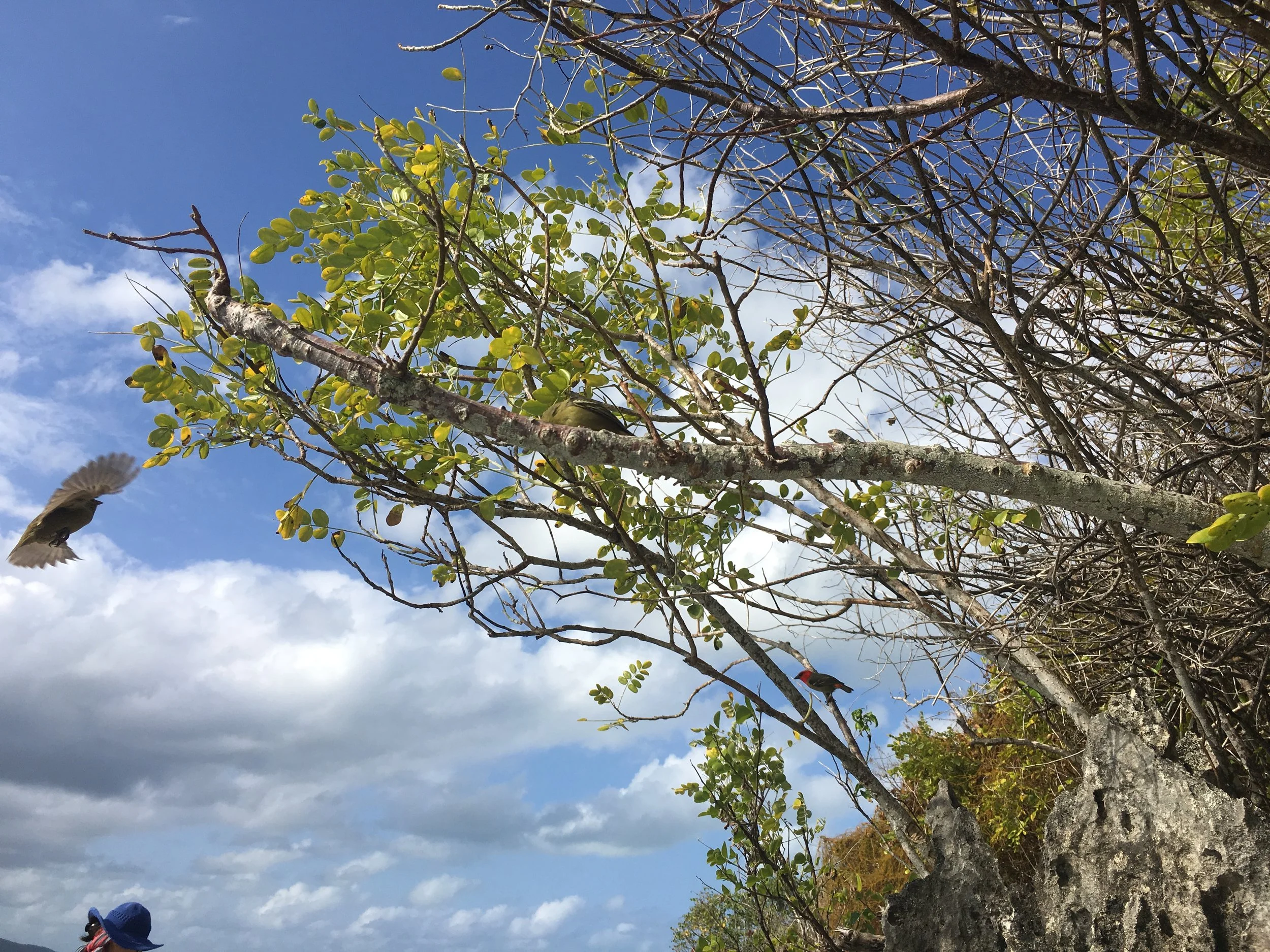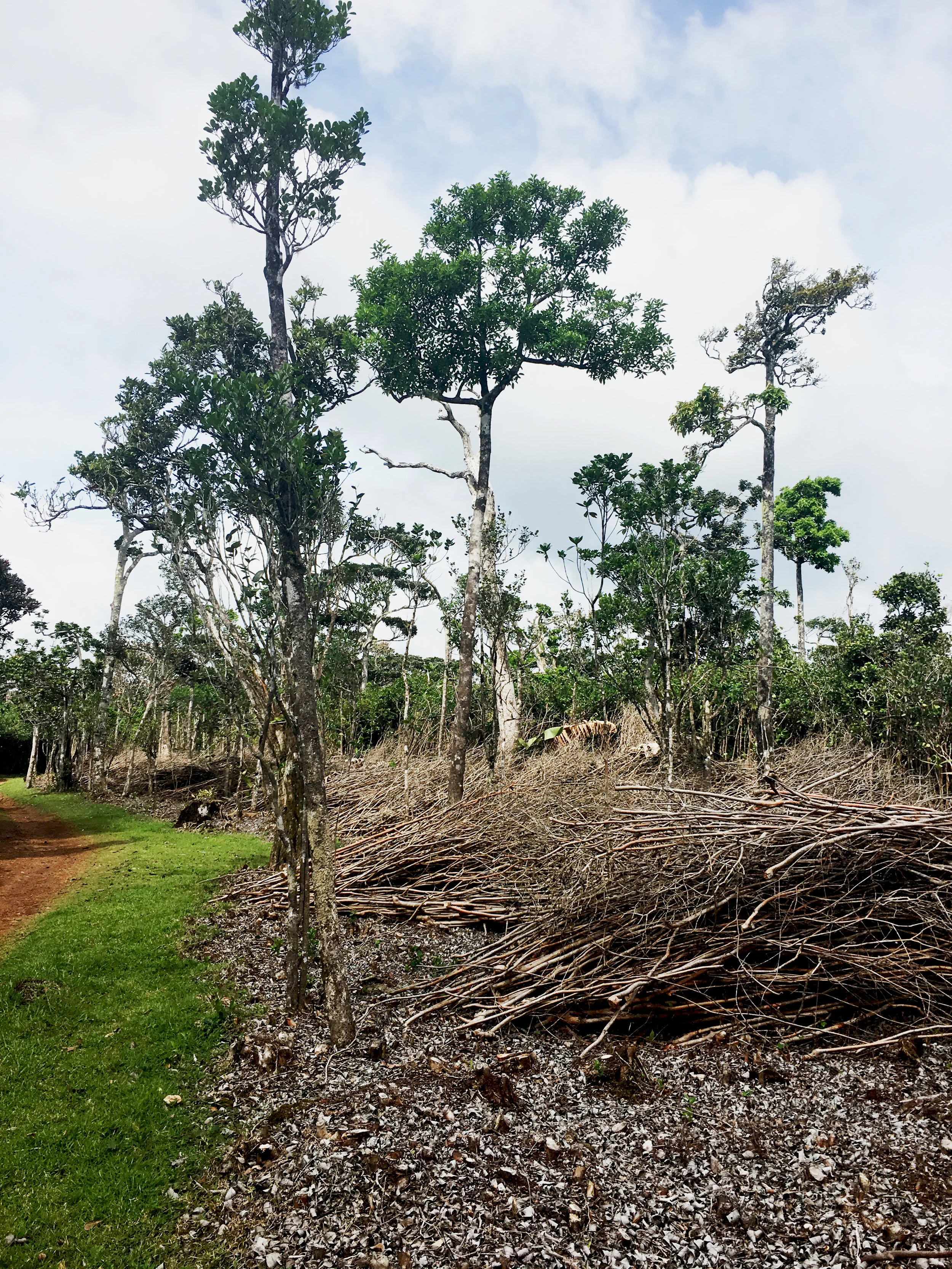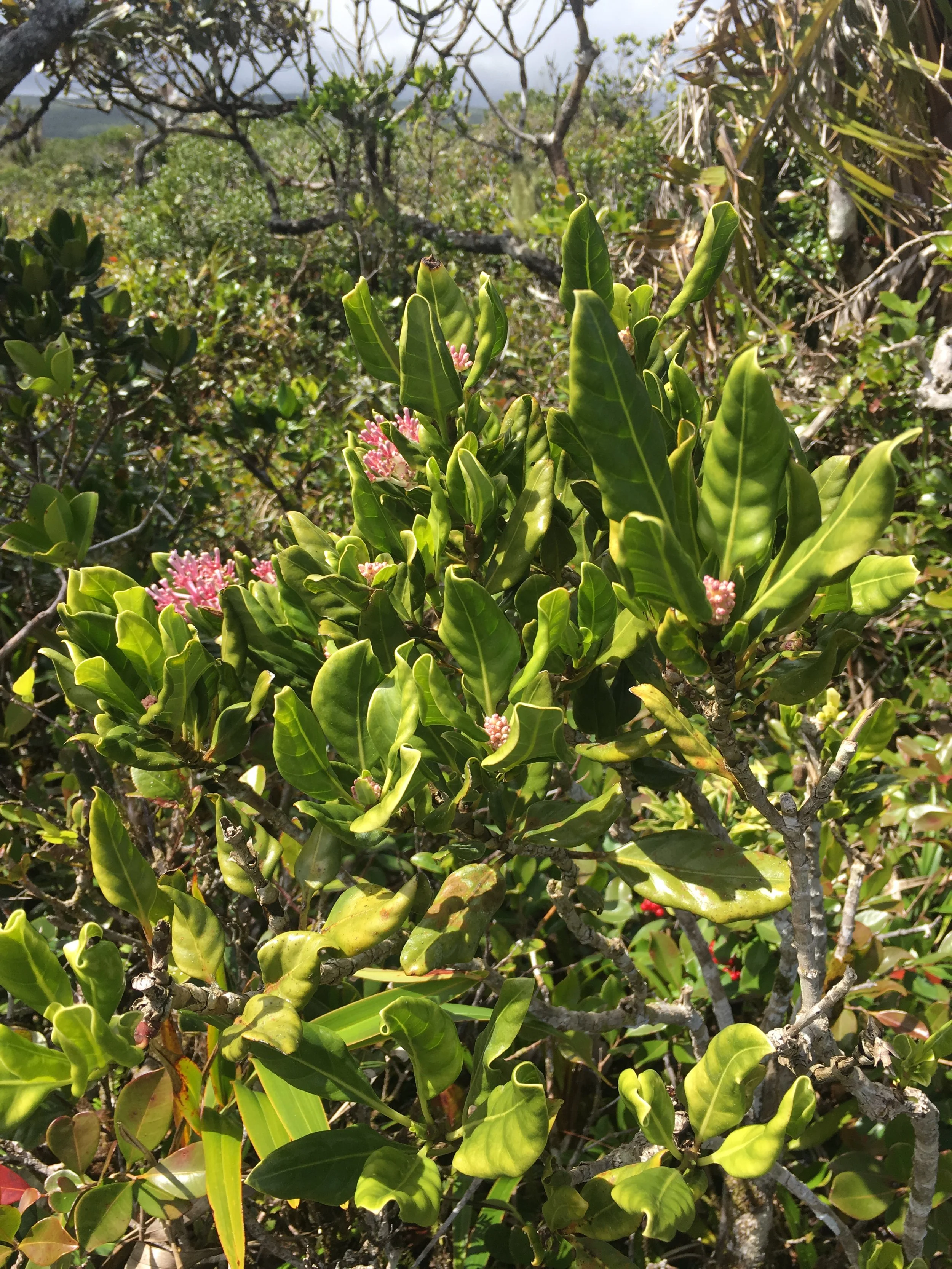MAURITIUS
Some eight million years ago, volcanic eruptions in the middle of the Indian Ocean created an island. This island was later to be called Mauritius. Mauritius was home to some rare trees, plants and bird species, namely the dodo bird.
Mauritius may have been sighted over 500 years ago by the Arabs, but it is in 1598 that the Dutch first set foot on the island, on their voyage expeditions to the East Indies. Following a violent storm, five of their ships find refuge in one of the bays, and there begins the exploration. Soon after they discover an ebony tree species which is known as the best in the world. The Mauritius ebony becomes legendary and the main mission of the Dutch settlement is to build up continuous stocks of this precious heartwood for Holland.
This unfortunately leads to an intensive deforestation within the centuries that follow, during which the island is ruled as a colony under the Dutch, the French and the British.
With the ebony trade, the forests along with all endemic species suffer into great decline. This also caused the disappearance and the extinction of birds and insects endemic to Mauritius.




